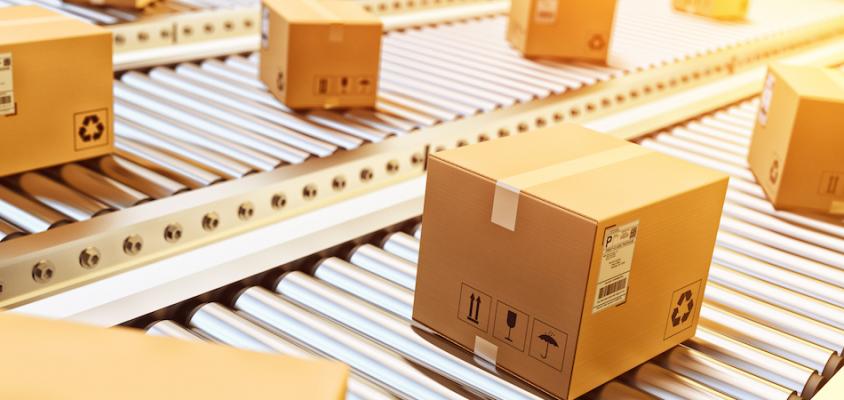
Online sales posted huge gains during the 2018 holiday shopping season, and 2019 is shaping up to be even stronger as consumers now expect they can order virtually any item and have it delivered to their door in a day or two. Keeping up with these heightened customer expectations is one of the primary factors driving a severe labor shortage in warehouses and distribution centers across the country.
In a recent survey conducted by Logistics Management, more than half of all respondents cited the inability to attract and retain a qualified hourly workforce as the biggest issue facing their industry.
How can businesses cope with these mounting pressures? The solution is automation. If you’re still on the fence when it comes to automating your e-commerce operations, here are six key statistics you should consider now.
1. Labor costs constitute about 65% of most warehouse facilities’ operating budgets. (source)
2. From 2008 to 2017, average hourly wages rose by more than 20% for employees in the warehousing and storage subsector of the U.S. labor market. (source)
3. The time employees spend walking through a warehouse manually picking orders can account for more than 50% of total picking time. (source)
4. More than 10% of U.S. warehouses are already using sophisticated automation technologies—a trend that is likely to accelerate. (source)
5. Goods-to-person warehouse systems—such as inVia Robotics’ RaaS solution—have the potential to increase order accuracy levels to above 99%. (source)
6. Online sales of physical goods totaled $446.8 billion in 2017 and are projected to surpass $700 billion in 2022. (source)
Are you ready to learn more about how inVia Robotics warehouse automation solutions can supercharge your e-commerce business while cutting costs? Contact our sales team today.